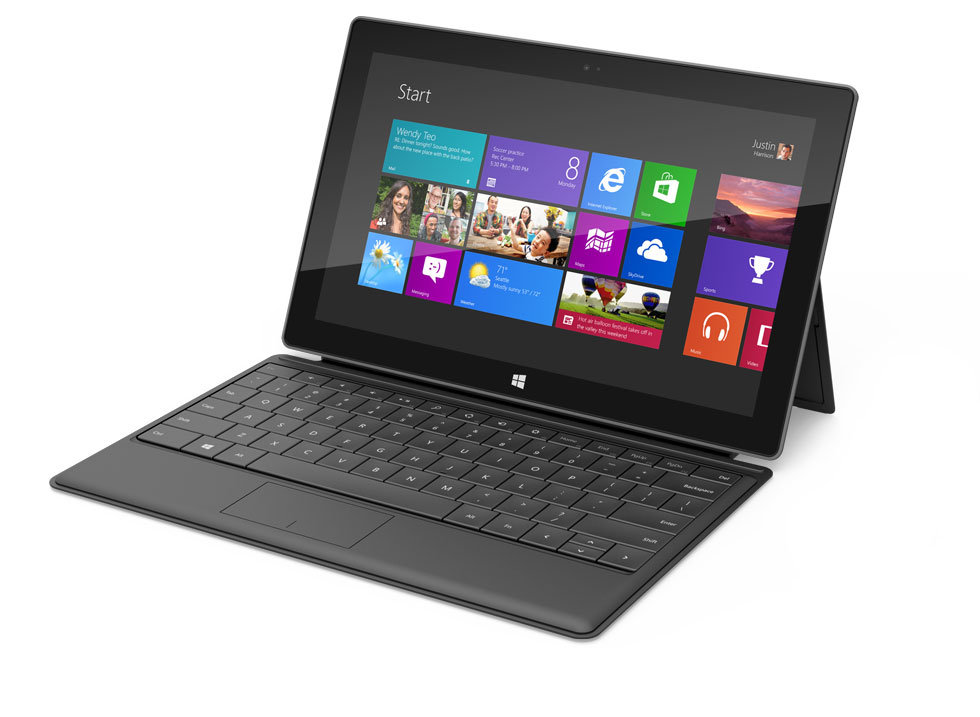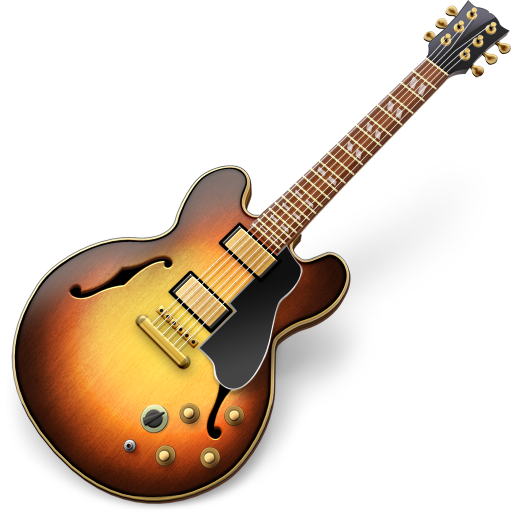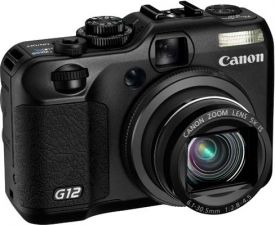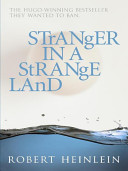I have been trying really hard to use my Nexus 7 as my tablet and media consumption device. In general, it is a worthy competitor to the iOS based iPad’s, but there are some notable differences.
1) The built in Safari “Reader” function is something I use heavily. If you are unfamiliar with it, it takes a web page, strips out all the marginal things, formats it in larger, more legible text, and makes it easy to read. This is built in and “free”. On a PC, it is not a big deal, as I usually have plenty of screen resolution, but even on a tablet, it is nice to have a clean copy to read without distraction. I have not found a good replacement in Chrome yet. Why won’t Google replicate this awesome feature?
2) Google can’t help but fucking with their applications. I guess the drive to “Google+”-ify everything is a top down directive. What it means though is that they have pretty much ruined the Gmail application in the stock Android. It has avatars of the people, linked to their profile, which isn’t terrible, but it takes up valuable screen real estate on a device that has limited space to begin with. Yes, I could set up all my Gmail accounts on the “other” email software, but then I lose the goodness of the Google integration (like Apple, it “just works”)
3) (Again) The auto-brightness feature is pretty funked up. When I read in bed, it is constantly adjusting the intensity, making appear to flicker. Google needs to tune that control feedback loop to make it less sensistive.
4) It eats battery. I am charging it every other day, where with my generation 2 iPad, I could often go 4 – 6 days of normal use before I needed to plug it in. I am not even listening to music, or doing much streaming, just reading my ebooks, or playing solitaire.
But, all in all, it has been a not too unpleasant experience. I am still not looking to give up my iOS devices, but I have a new appreciation for the Android ecosystem.




